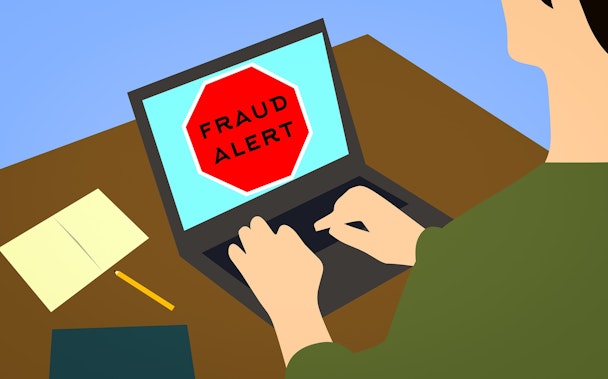Fraud protection tips for marketers in South East Asia
By 2022, mobile advertising fraud will cost advertisers $87 billion, rising from $34 billion in 2018. At present, an astounding half of that fraud ($19 billion last year) is happening in APAC. While these figures are alarming, they shouldn’t come as a huge surprise. In South East Asia in particular, the market dynamics are highly inviting to fraudsters.

According to eMarketer, all markets in South East Asia saw the mobile ad spend grow by more than 50% in 2018. At the same time, mobile penetration rates are on the upswing as well in countries like the Philippines, Malaysia, Thailand and others, while other countries represent already-mature mobile markets. In other words, more devices attract higher ad spend, and higher ad spend attracts more bad actors looking for an ill-gotten share of the action.
Of course, none of this means that marketers in South East Asia need to resign themselves to escalating losses and inefficiencies within their digital ad spends. There are measures that can be taken to protect investments and transparent channels that are less likely to fall prey to ad fraud. Let’s take a look at some of these safeguards.
Leaning on partnerships
Partner and affiliate marketing represent one major venue that fraud-averse advertisers should consider as they look to safeguard their investments. Because partner and affiliate campaigns are only paid on verified purchases, the incidence of fraud is lower than in channels that incentivise softer metrics like impressions and clicks.
That doesn’t mean that the partner and affiliate space is immune to bad actors. Quite the contrary. As these channels continue to account for a growing share of the revenue for today’s brands, interest in gaming the system will only increase. Therefore, it’s essential for marketers to get ahead of the challenge and implement proper safeguards within their partner efforts to ensure results aren’t tainted by fraud. What follows are some basic guidelines for ensuring profitable and protected partnerships.
Be smart about your data
As with all marketing channels, partnerships need to be held accountable. Establishing strong data flows with partners and ensuring regular monitoring of incoming information is vital to detecting any anomalies or vulnerabilities within your program before they get out of hand. Data discrepancies and variances don’t necessarily mean there’s fraud in your partner ecosystem, but it will indicate where further investigation is warranted.
Big variances in your program’s major metrics will almost always warrant a closer look. For example, abnormally low publisher conversion rates could be a sign of click fraud within CPC campaigns. Likewise, abnormally high publisher conversion rates can be a sign of creative fraud, in which ad units have been modified to promise appealing but unauthorized deals that will ultimately not be honoured and, thus, disappoint customers.
Set up systems for proactive fraud protection
Of course, preventing fraud before it happens—or at least before any damage is done— is always preferable to after-the-fact discovery. In that regard, marketers can take the following proactive steps to prevent fraud:
- Prevent fraud from ever reaching your site by implementing fraud prevention tools as a part of your partner management platform. Such measures might include applying industry blacklists or blocking IPs of known spammers.
- Integrate your partner program with your on-site attribution stack in order to ensure only the parties that deserve the credit for a conversion get that credit. Too often, partner channels aren’t included in a company’s broader attribution efforts. But given the volume of business that moves through these channels, factoring these efforts into the bigger picture can help brands weed out suspicious activities not only in partner channels but elsewhere too.
- Protect potential commission payments with strict sales approval rules. On the chance that a fraudulent transaction occurs, linking your validations and payments process together can ensure you’re never approving or paying on improper transactions.
Keep lines of communication open
Finally, one of the most effective tactics for keeping your partner and affiliate programs free of fraud is as old as marketing itself: Communicate often and thoroughly with your partners. Sharing data and discussing anomalies in a collaborative spirit can not only help to identify fraud before it becomes a major problem, but it can also create a cycle of continuous feedback and learning that will ultimately improve program results.
The realm of marketing and advertising, by virtue of its enormous economic footprint, will never be free from fraud. In Southeast Asia, where growth rates in lucrative consumer behaviors and popular emerging channels continues to surpass other regions of the world, fraudsters will continue to try to get in on the action. By prioritizing naturally transparent channels like partner marketing, and setting those efforts up for continued clarity and success, you can stay a step ahead of the industry’s bad actors.
Daniel Keegan is senior business development director, APAC, at Partnerize.
